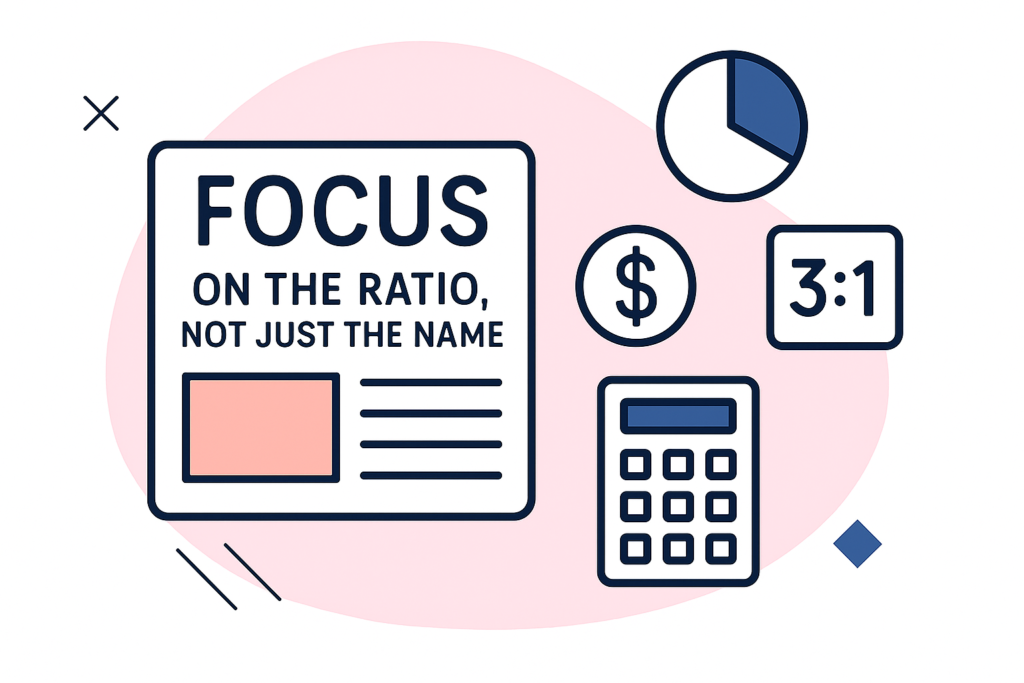Let’s face it, remembering endless case laws and bare act sections can feel like climbing Everest without oxygen. It’s overwhelming, and sometimes it feels like you’ll never reach the top. But what if you had the right tools, smart strategies, and a clear roadmap to guide you? Good news: you’re about to unlock exactly that.
Get ready to transform your memory into a superpower that’ll give you the edge in your preparation. Let’s dive in and make studying smarter, not harder.
Struggling to Remember All Those Sections & Case Laws?

One of the biggest pain points for judiciary aspirants is recalling landmark judgments and bare act provisions under pressure. With hundreds of sections and case laws to cover, traditional rote learning simply doesn’t cut it. So how do toppers do it?
- Smart Techniques
- Structured Notes
- Strategic Revision
Let’s dive into the ultimate roadmap for mastering case law and section recall, without the overwhelm.
Start Smart: Analyze Previous Year Papers
Before you dive into memorizing everything, Ask Yourself: “Do I really need to remember all of it?” Short answer: No.
Instead, analyze previous year questions to identify:
- Most frequently asked case laws
- High-yield sections from bare acts
- Commonly repeated topics
This strategic filtering helps you:
- Avoid wasting time
- Focus on what really matters
- Prepare with confidence
Create a Master List + Use Spaced Repetition
Once you’ve identified the important sections and case laws:
Step 1: Create a Clear List
Categorize it by subject, IPC, CPC, CrPC, Constitution, Evidence, etc.
Step 2: Apply Spaced Repetition
Beat the “forgetting curve” with smart revision intervals. Here’s a simple, effective cycle:
| Week | Action |
|---|---|
| 1 | Review the full list |
| 2 | Review only the tough ones from Week 1 |
| 4 | Revisit tough topics from Week 1 & 2 |
| 8 | Do a complete review again |
Use flashcards or spaced repetition apps like Anki, Quizlet, or our Edzorb Smart Flashcards to make it easier! We’ve covered spaced repetition in depth in another blog, do check it out for a deeper understanding.
Break It Down: Classify Bare Act Sections Logically
Memorizing bare acts randomly = confusion. Classification = clarity. Let’s take the BNS as an example:
🔍 Sections Classification:
| Category | Section Range |
|---|---|
| General Exceptions | Sec 76 to 106 |
| Offences Against Human Body | Sec 299 to 377 |
| Offences Against Property | Sec 378 to 489E |
| Offences Against Public Tranquillity | Sec 141 to 160 |
Classify other laws like the Evidence Act, CPC, BSA, and Constitution the same way. It helps form mental “folders” in your brain, making recall a breeze.
Remembering Landmark Judgments Without the Struggle
Judgments are not just names. They’re legal principles in action. But remembering them can feel like memorizing phonebooks, unless you use a few tricks.
Tip 1: Go Visual
- Make a visible wall chart of key judgments + ratios
- Keep it near your study desk or on your wall
- Add icons, colors, and short bullet points for easy recall
Tip 2: Use Flashcards
- Front: Case name
- Back: Key facts, ratio decidendi, and outcome
- Review daily for 5 minutes, it adds up!
Focus on the Ratio, Not Just the Name

Judiciary exams test your legal reasoning, not just your memory. It’s not about knowing the name of the case. It’s about understanding its essence. When reviewing a judgment:
- Ask: What principle did the court establish?
- Learn the Ratio Decidendi
- Practice applying it to hypothetical scenarios
💡 This shows analytical depth, and helps you stand out in Mains & Interviews.
Make Revision a Ritual
Even the best techniques fail without consistent revision. Here’s your revision checklist:
- Weekly Review: Go through your case law and section list
- Monthly Test: Take a mock quiz on tough ones
- Peer Teaching: Explain a judgment to a friend, it reinforces your understanding
- Active Recall: Close your notes and test yourself
You Don’t Need to Remember Everything. You Just Need to Remember the Right Things.
With smart classification, spaced revision, and ratio-based understanding, you can master even the toughest case laws and sections, without burning out. And if you’re short on time?
Let Edzorb Law Simplify It for You

We know what matters, and we curate only what matters.
- Pre-filtered lists of important case laws
- Flashcards with ratio + summary
- Section-wise classification of Bare Acts
- Spaced revision features built-in
- Daily & Weekly Smart Legal Recap
With Edzorb, you’re not just studying hard. You’re studying smart.
👉 Join thousands of toppers who use Edzorb to boost their judiciary prep.
📝 Start your Recall Revolution today.
Turn memory into mastery, with Edzorb.

 Podcast
Podcast








 Features
Features






